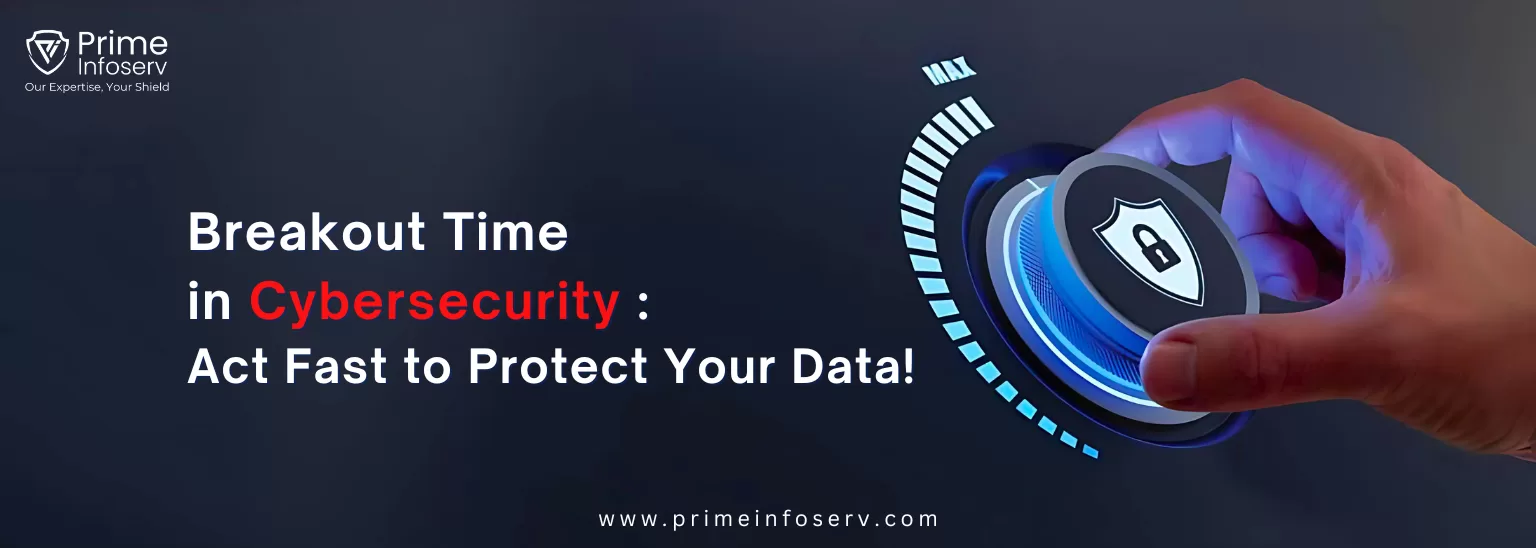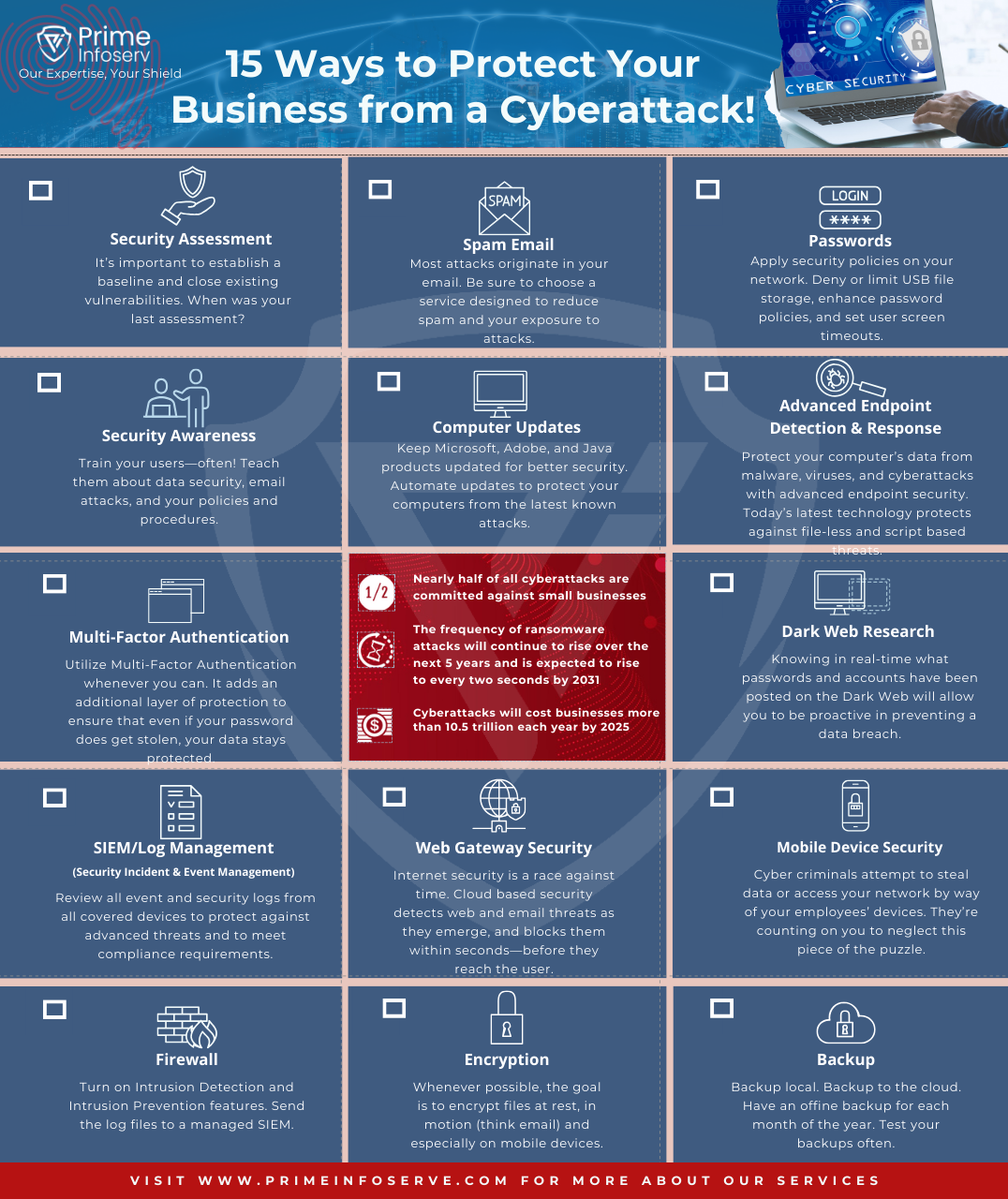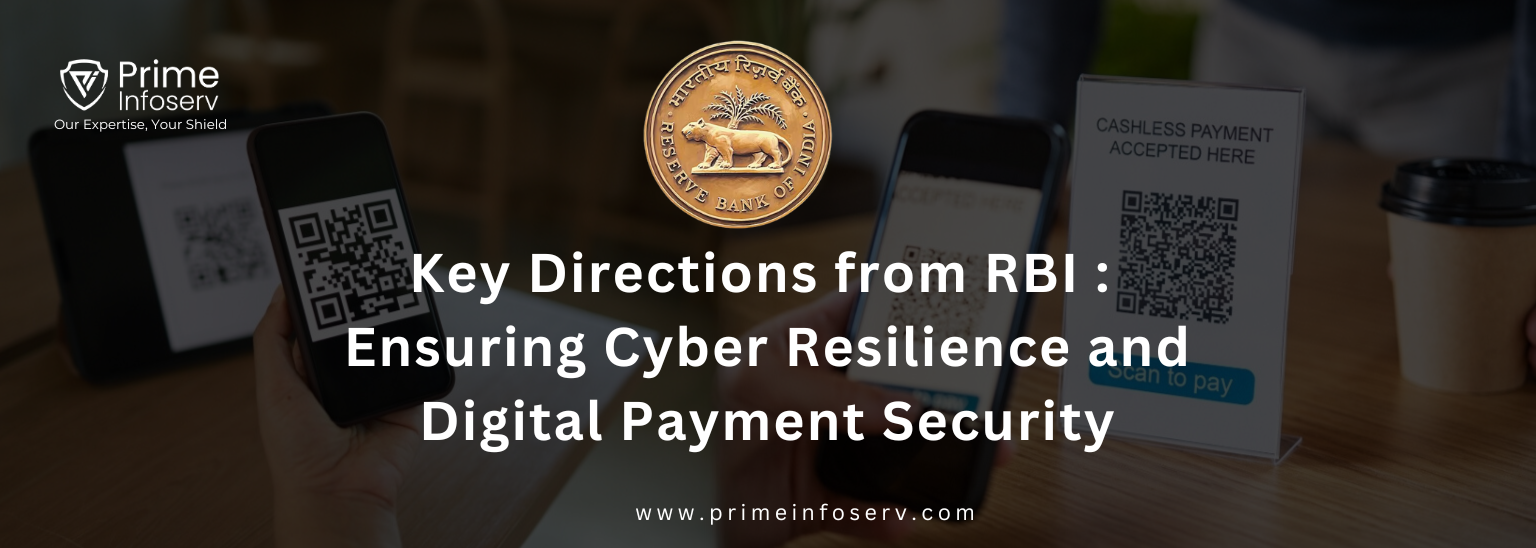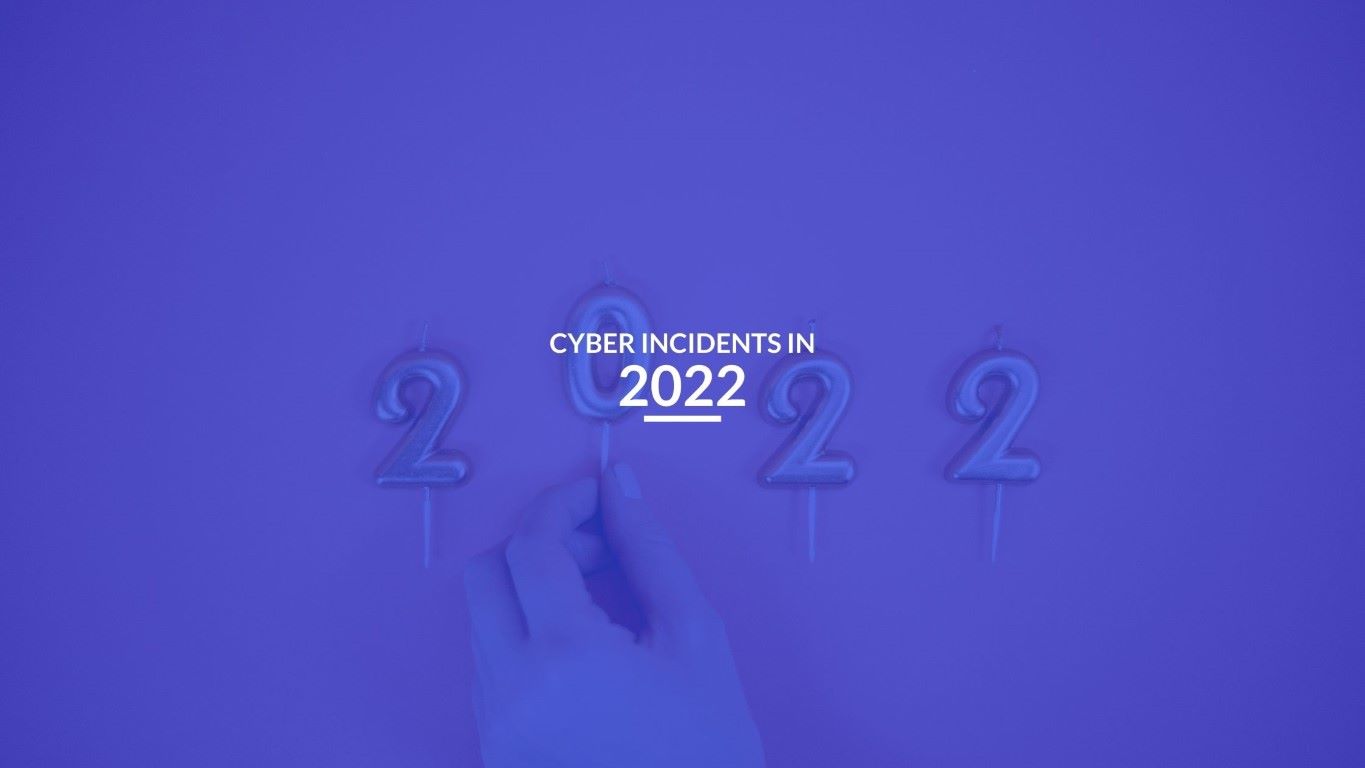In today’s fast-paced cybersecurity landscape, reducing breakout time in cybersecurity in India has become a critical metric for assessing an organization’s ability to respond to threats. This crucial period measures how long it takes an attacker, after gaining initial access to a network, to move laterally, escalate privileges, and access sensitive data. Understanding and minimizing breakout time can be the difference between a contained attack and a catastrophic breach.
What is Breakout Time?
Breakout time is the window between two key stages of a cyberattack:
- Initial Compromise (IC): When an attacker first breaches a network, often through phishing, malware, or exploiting vulnerabilities.
- Lateral Movement (LM): The point at which the attacker navigates the compromised network to access more sensitive data.
Breakout Time Stages
Initial Compromise (IC): Attackers enter the network.
- Exploitation (EXP): They exploit vulnerabilities to extend their control.
- Lateral Movement (LM): Attackers move through the network to gain more access.
- Privilege Escalation (PE): Gaining higher-level access to sensitive data.
- Data Exfiltration (DE): Sensitive information is extracted, often leading to severe financial and reputational damage.
Key Statistics on Breakout Time
- Average breakout time: 1-2 hours.
- 68% of breaches occur within 24 hours.
- 85% of breaches escalate within a week.
Factors Influencing Breakout Time
Several factors can affect an attacker’s ability to move laterally within a network:
- Network Complexity: Larger, more intricate networks often have more vulnerabilities.
- Security Controls: Firewalls, IDS/IPS, and network segmentation can slow down attackers.
- Vulnerability Patching: Regular patching limits the number of exploitable entry points.
- Incident Response Planning: Quick responses can reduce breakout time and mitigate damage.
- Employee Training: Educating staff about phishing and social engineering tactics helps reduce initial compromise risks.
How to Reduce Breakout Time: Best Practices
- Strengthen Security Controls: Firewalls, IDS/IPS, and network segmentation help restrict lateral movement.
- Frequent Vulnerability Assessments: Regular assessments can uncover and fix weak spots.
- Enhanced Incident Response Plans: A well-practiced plan ensures faster detection and response.
- Ongoing Employee Training: Regular cybersecurity training can drastically reduce human error.
- 24/7 Network Monitoring: Continuous surveillance helps detect unusual activity quickly.
Why Breakout Time Matters
Reducing breakout time can drastically improve your security posture. A shorter breakout time gives organizations more opportunity to stop threats before they escalate. Conversely, longer breakout times allow attackers to move freely, increasing the risk of privilege escalation, data breaches, and significant financial losses.
Alarming Data Breach Statistics
- Average Cost of a Data Breach (2024): $4.88 million—a 10% increase from 2023.
- Human Error: 88% of cyber incidents are caused by human error.
- Breach Identification Time: It takes an average of 194 days to identify a breach.
- Ransomware Payouts: The average ransom has increased to $1.54 million in 2023.
Conclusion: How Prime Infoserv Can Help
Reducing breakout time is critical to protecting your organization from evolving cyber threats. At Prime Infoserv, we specialize in helping businesses bolster their security frameworks, minimize breakout time, and stay ahead of cybercriminals. Whether it’s through advanced security controls, vulnerability assessments, or incident response planning, we provide comprehensive solutions to safeguard your data.
To effectively mitigate the risks associated with breakout time, it’s essential to have strong security measures in place. At Prime Infoserv, we specialize in helping businesses enhance their security defenses with tailored cybersecurity solutions designed to respond quickly to evolving threats. Whether you’re looking to strengthen your incident response plan or improve overall network security, we are here to assist. Contact us at +91 33 40085677, email us at info@primeinfoserv.com, or visit our website at www.primeinfoserv.com to learn more about how we can help safeguard your organization from cyberattacks. Let’s work together to create a robust cybersecurity strategy.





